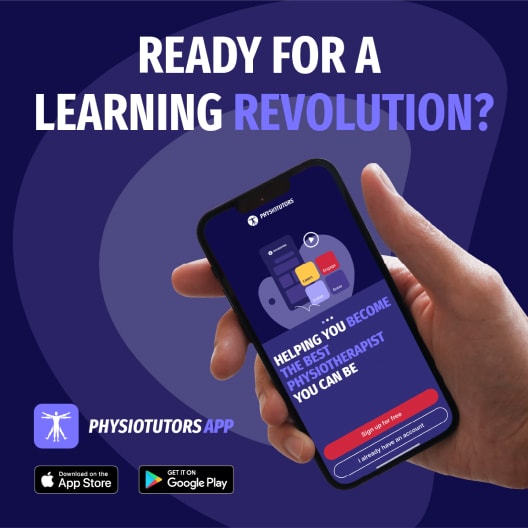Learn
Reverse Pivot-Shift Test | Posterolateral Rotatory Instability Assessment
The posterior lateral corner abbreviated as PLC is a complex area, which involves many structures, of which the lateral collateral ligament, the popliteus tendon, and the popliteofibular ligament are said to be the most important stabilizers.
PLC injuries often happen due to direct blows to the anterior medial knee, hyperextension, or non-contact varus stress injuries, and often occur together with ACL or PCL tears, with only 28% of PLC tears in isolation.
Rubinstein et al. (1994) evaluated the Reverse Pivot Shift for its validity to detect Posterior Cruciate Ligament tears and found a low sensitivity of 26% and a high specificity of 95%. This test, therefore, has a moderate clinical value to confirm PCL tears but is not useful to rule them out.
No studies have evaluated this test to detect a lesion of the posterior lateral corner yet.
To perform the Reverse Pivot Shift test have your patient in supine lying position with the knee flexed to 90°. Then bring the tibia Into external rotation with your ipsilateral hand. Place your contralateral hand on the proximal lateral tibia to apply valgus stress and apply an axial load through the tibia with your distal arm or with the iliac crest.
In a patient with posterior lateral rotary instability, this position will sublux the lateral tibial plateau posteriorly. Then passively extend the patient’s leg while keeping the external rotation, valgus force, and axial load.
At around 30° of knee flexion, the iliotibial band changes from a flexion vector to an extension vector and will therefore pull the tibia anteriorly which reduces the rotary subluxation.
This test is thus positive if a clunk Is heard when the tibia reduces at around 30 degrees of flexion. Be aware though that the awake patient might not permit this maneuver and this test can be considered positive in case of apprehension.
21 OF THE MOST USEFUL ORTHOPAEDIC TESTS IN CLINICAL PRACTICE

Other orthopedic tests to assess the posterolateral corner are:
Like what you’re learning?
BUY THE FULL PHYSIOTUTORS ASSESSMENT BOOK
- 600+ Pages e-Book
- Interactive Content (Direct Video Demonstration, PubMed articles)
- Statistical Values for all Special Tests from the latest research
- Available in 🇬🇧 🇩🇪 🇫🇷 🇪🇸 🇮🇹 🇵🇹 🇹🇷
- And much more!








